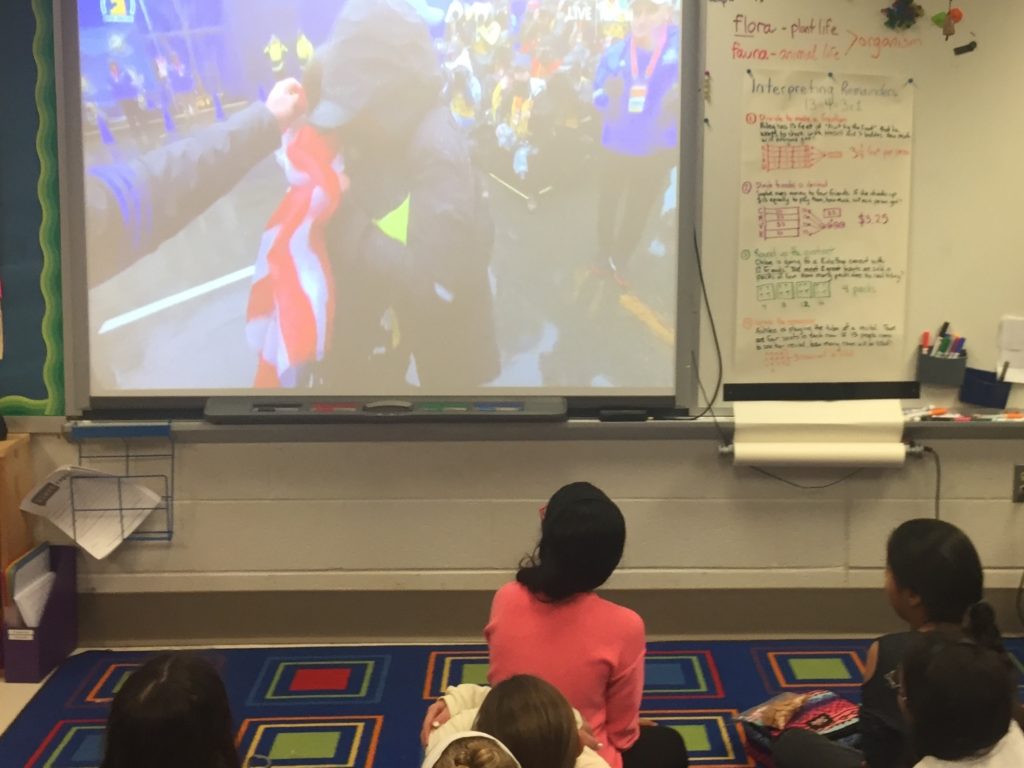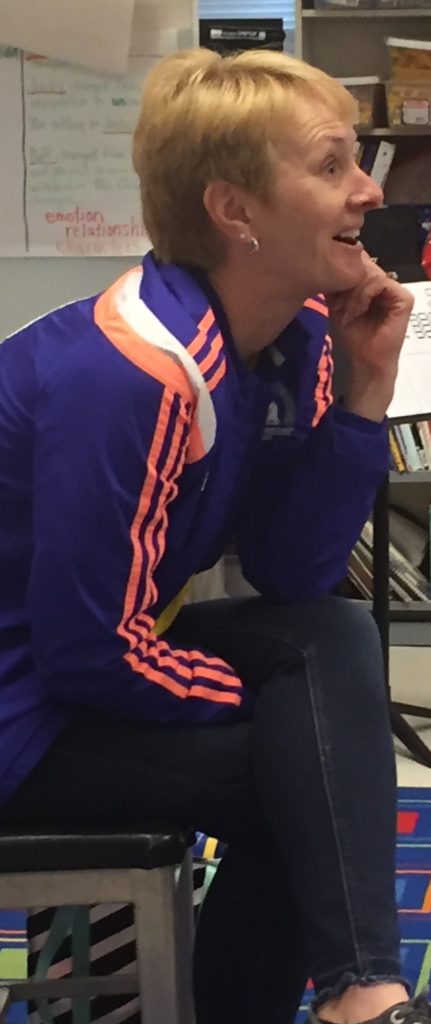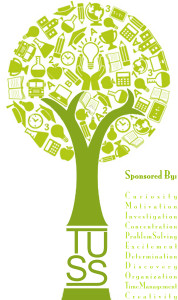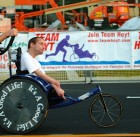Viewing: expository
April 30, 2018
Poetry and Expository Writing
I’m really excited about our recent and upcoming units of study in ELA (English/Language Arts)! This week, we’re finishing up our poetry unit. Students have been learning about the different elements of poetry, including rhyme, meter, stanzas. We also looked at the kinds of figurative language used in poetry, focusing on similes, metaphors, idioms, and hyperbole, and also covering personification, onomatopoeia, and others. This week, we’re pulling it all together as we read and discuss different kinds of poetry and look at what we see in the poems, what we appreciate about them, etc. Students tend to have an initial sense of apathy for poetry, and we hope to change their views, even if only a little bit.
This week, we are also launching our study of expository writing. This is the form of writing that adults (and older kids) end up using most often. (Think about your daily life: How often do you write a story? Compare that to how often you find yourself writing an informational passage, such as an email about something for work, a letter to a friend about your vacation, or even a text message giving directions to a family member. Expository writing is a critical and often overlooked skill.) I love teaching this unit, because each year, I choose a different topic for us to launch this unit. Many years ago, we had a student in class whose dad was an Olympic swimmer! This inspired a study of the Olympics, and we used that work to launch our expository unit. Last year, our trip to Ben’s Bells was in the spring, and our expository launch focused on the mission, history, and facilities of the Ben’s Bells organization. I really try to pick a topic that’s been of interest to the class, so this year, we’re going with something new:
 Your fourth grader may have shared that we’ve been learning about Dick and Rick Hoyt, two gentleman who became fixtures in the Boston Marathon because of their amazing story. (I won’t say more! If you’re curious, ask your fourth grader!) We do this study every year in early April, because we then watch the live coverage of the Boston Marathon, which is really exciting for us all. This year, our viewing got thrown off due to the 2-hour delay we had on race day, but the adjusted schedule made it possible for us to watch the winners cross the finish line, which we often don’t get to do. The kids were really excited! I use the story of Dick and Rick Hoyt to launch our timeline project. We identify the key events and work together to build a shared timeline about these local celebrities. (This prepares students for their own individual timeline projects, which they are beginning this coming week.) But our interest in the Boston Marathon didn’t end there! We found ourselves continuing to talk about the marathon, so you can imagine our excitement when a student shared that her mom had run the Boston Marathon on several occasions!
Your fourth grader may have shared that we’ve been learning about Dick and Rick Hoyt, two gentleman who became fixtures in the Boston Marathon because of their amazing story. (I won’t say more! If you’re curious, ask your fourth grader!) We do this study every year in early April, because we then watch the live coverage of the Boston Marathon, which is really exciting for us all. This year, our viewing got thrown off due to the 2-hour delay we had on race day, but the adjusted schedule made it possible for us to watch the winners cross the finish line, which we often don’t get to do. The kids were really excited! I use the story of Dick and Rick Hoyt to launch our timeline project. We identify the key events and work together to build a shared timeline about these local celebrities. (This prepares students for their own individual timeline projects, which they are beginning this coming week.) But our interest in the Boston Marathon didn’t end there! We found ourselves continuing to talk about the marathon, so you can imagine our excitement when a student shared that her mom had run the Boston Marathon on several occasions!  On Friday, Mrs. Sieklucki came into our class to share her story and to answer the kids’ questions about the Boston Marathon. We’d spent a few days brainstorming questions, but when the time came, the kids had even more questions than we’d initially brainstormed, keeping Mrs. Sieklucki busy for a full hour. It was terrific to see how engaged the students were, and how curious they’d become about the marathon! I tried to have them take notes (to prepare for our work with the new writing unit), but they were far too interested in listening and thinking to take notes. (Oh well! Another time!) Thank you so much, Mrs. Sieklucki, for helping us!
On Friday, Mrs. Sieklucki came into our class to share her story and to answer the kids’ questions about the Boston Marathon. We’d spent a few days brainstorming questions, but when the time came, the kids had even more questions than we’d initially brainstormed, keeping Mrs. Sieklucki busy for a full hour. It was terrific to see how engaged the students were, and how curious they’d become about the marathon! I tried to have them take notes (to prepare for our work with the new writing unit), but they were far too interested in listening and thinking to take notes. (Oh well! Another time!) Thank you so much, Mrs. Sieklucki, for helping us!
By now, you’ve probably guessed the focus for our expository writing launch: The Boston Marathon! This week, we’re starting off expository writing by learning about the three different purposes authors may have for writing. Then, we’ll shift to focusing on informative (expository) writing and will begin to plan out our own essay about the Boston Marathon. At the same time, we’ll be reading a lot of expository writing and will analyze the different elements that are apparent in non-fiction writing. I have a slew of Time for Kids magazines that I’ve been saving from throughout the year to use during this unit. If you would like to practice some of these skills at home, here is a link to the expository pillar layout we use. Of course, there is a certain amount of flexibility to the organization of an expository piece. Some main ideas may have only three details, while others may have five. But in general, we aim for the structure of a five paragraph essay (introduction, main idea 1, main idea 2, main idea 3, conclusion) in which each main idea is supported by four details. Stay tuned for more!
Have a great week!
Posted in Class Updates|By Jon Moss
June 11, 2015
What’s New?
I was speaking with someone yesterday, and we got to talking about our class website. I realized that it had been quite some time since I posted an update for you! I apoglize for that oversight. The end of the year is notoriously busy, and this fell by the wayside. If you’ll share a few minutes of your time, I’ll bring you up to speed!
 This week, students finished presenting their TUSS projects! I was so very impressed by the kids’ work. This year, there was such a wide variety of research topics, and kids used so many different kinds of methods. I really admire the thought and care kids put into their projects. Stay tuned for feedback.
This week, students finished presenting their TUSS projects! I was so very impressed by the kids’ work. This year, there was such a wide variety of research topics, and kids used so many different kinds of methods. I really admire the thought and care kids put into their projects. Stay tuned for feedback.
This week, we’re wrapping up our unit about expository writing. This unit integrated our social studies focus of US regions by allowing students to research and organize information about the economy of a midwestern state. Students conducted research on the internet and in books, and they organized their information on a graphic organizer called an expository pillar. In doing so, students learned about thesis statements, how to structure main ideas and supporting details within a five paragraph essay, and how to craft a conclusion. This organization made the process of drafting the essay very simple!
We’ve recently completed our unit about measurement (focusing more on understanding different units of measurement, as opposed to actually measuring objects with rulers and scales) as well as a mini-unit about geometry.
Stay tuned for more information!
Posted in Class Updates|By Jon Moss
April 22, 2014

Learning About Timelines through Team Hoyt
Our class has been working to learn about timelines lately as part of a social studies and ELA (English/Language Arts) integrated unit. The Boston Marathon was perfectly timed to be a valuable teaching tool for this study. Each year, I talk to the kids about two remarkable athletes: Dick and Rick Hoyt. Dick Hoyt is a father who, each year, runs in the Boston Marathon and pushes his son, Rick, who has cerebral palsy. They are true inspirations, just like the athletes yesterday who found a fellow marathon runner who had collapsed just shy of of the marathon’s end and carried him across the finish line. The Boston Marathon is full of remarkable athletes who model outstanding character, sportsmanship, and integrity!
I came across an article that taught a bit about Dick and Rick Hoyt’s amazing history, and I immediately saw the potential for it to be used as a learning tool for our study of timelines. We read the article in class today, and for homework, kids are identifying and writing short blurbs about the different events listed in the article. (Just a couple of words per event is fine.) We’ll use the kids’ ideas as a jumping off point for making a timeline tomorrow.
The article does mention (in general terms) the attacks that happened at last year’s Boston Marathon. We discussed in class only that something sad happened and that some people were injured or lost their lives, although some students (on their own) brought up more detail about what had happened when we discussed the marathon yesterday. I didn’t want to go into any significant detail about what had happened, and I refocused the discussion to the message of perseverance and honoring others (since Dick and Rick ran the marathon yesterday as a tribute to those who were affected by the attacks last year.
You can except, over the next few years, to see an ongoing integration of ELA and social studies. The two fit together very well since the Common Core places an increased emphasis on non-fiction reading and writing, and articles such as this give teachers a wonderful opportunity to bridge social studies work with literacy work. Our next step in our timelines study will have the kids partner up to read articles about a famous figure from history and to develop a timeline based upon the information they pull from the article. Stay tuned!
Posted in Class Updates|By Jon Moss
February 25, 2014
Choosing topics about the Winter Olympics
Remember, your three topics must be general enough that they can include much of the relevant, important information that you’d want to share with someone who is unfamiliar with the Winter Olympics.
Posted in Homework Assignments|By Jon Moss
